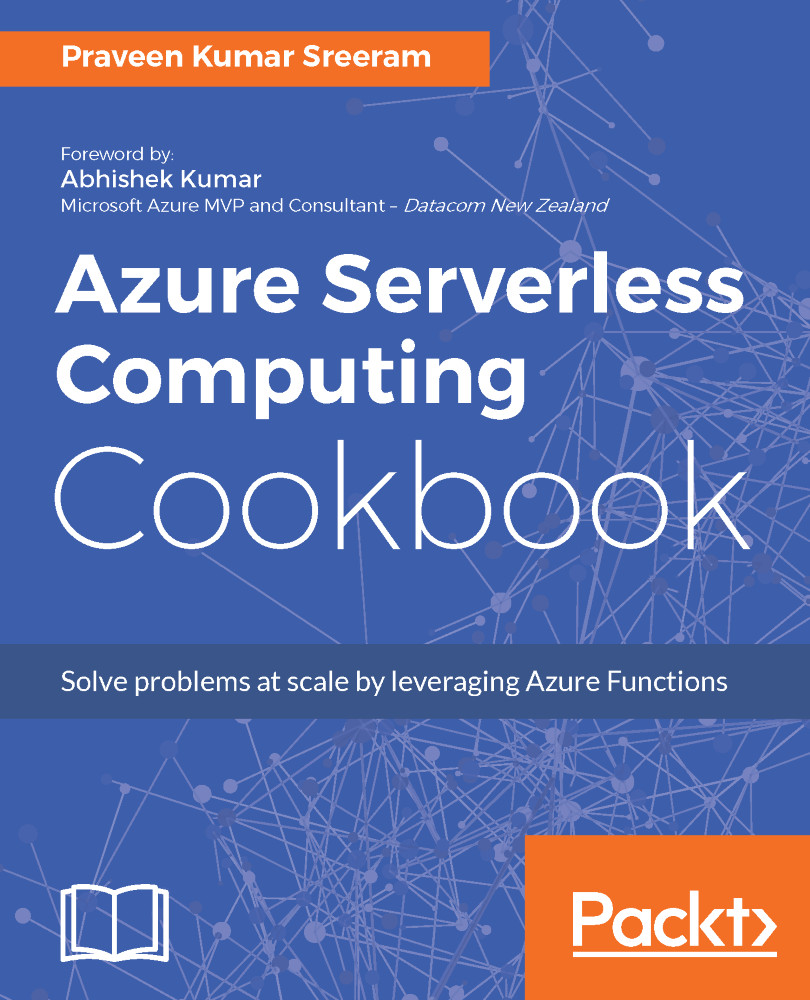Currently, many business applications are being hosted in private clouds or on-premise data centers. Many of them have started migrating their applications to Azure using various methods. The following are a just a few methods of quick migration to Azure:
- Lift and shift the legacy application to the Infrastructure as a service (IaaS) environment: This method should be straight forward, as you have complete control over the virtual machines that you would create. You could host all your web applications, schedulers, databases, and so on without making any changes to your application code. You can even install any third-party software's or libraries. Though this option provides full control for your application, it would be expensive in most of the cases as the background application might not be running...



